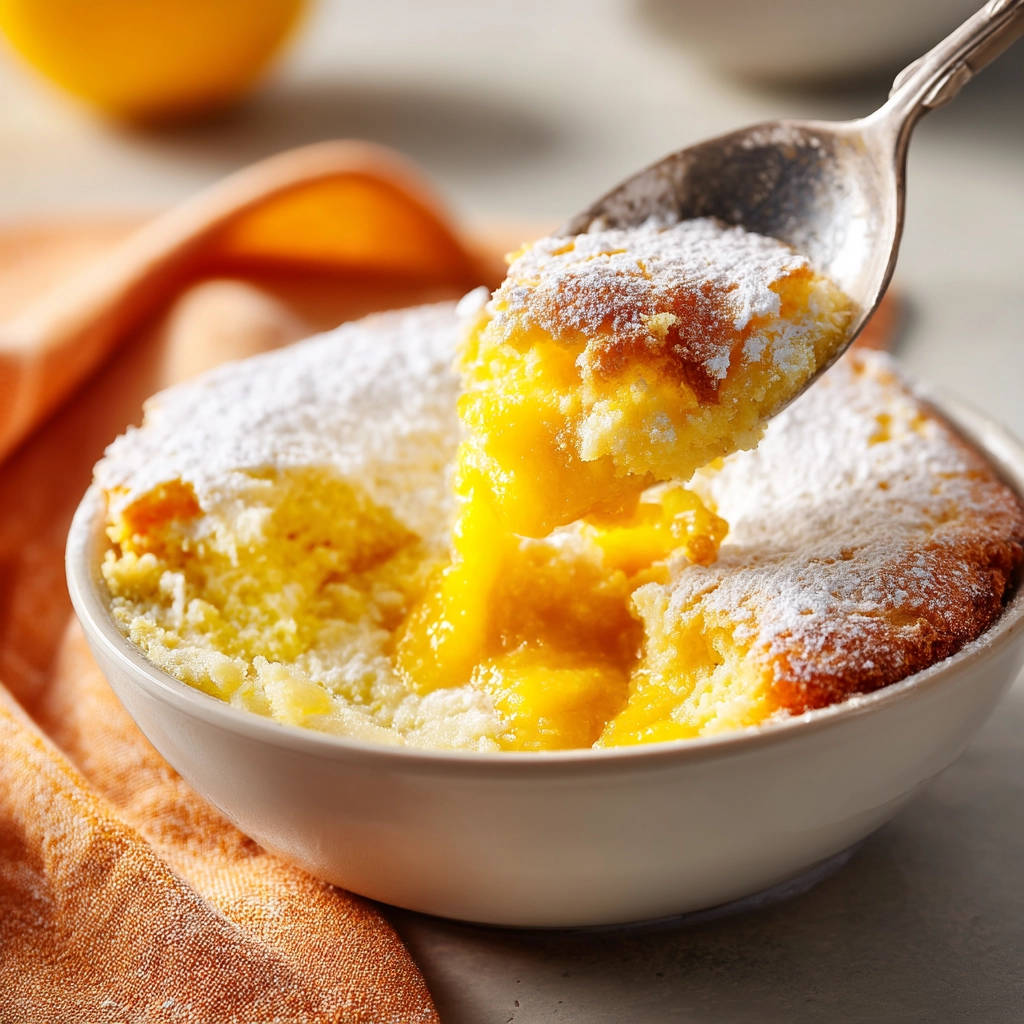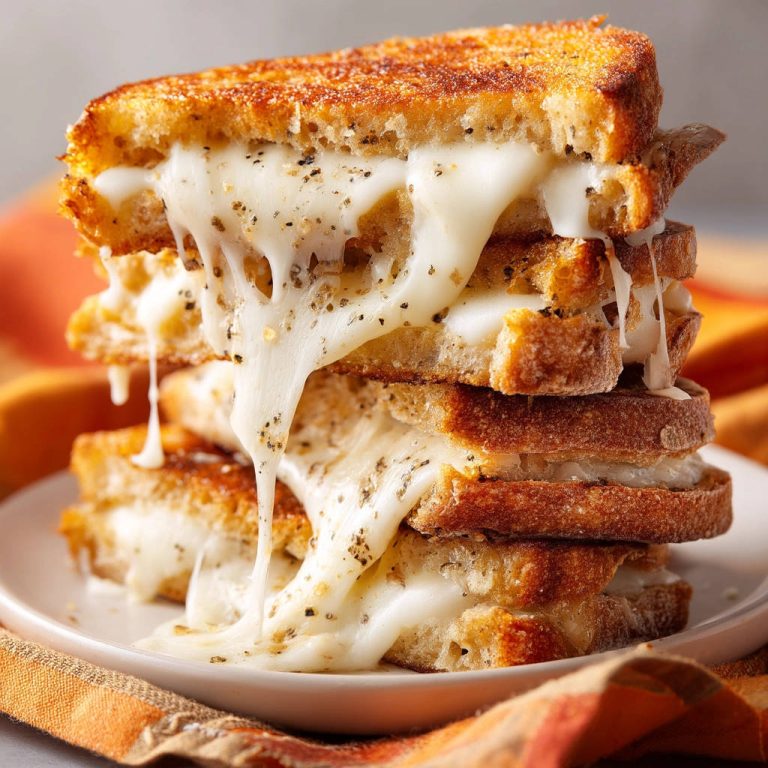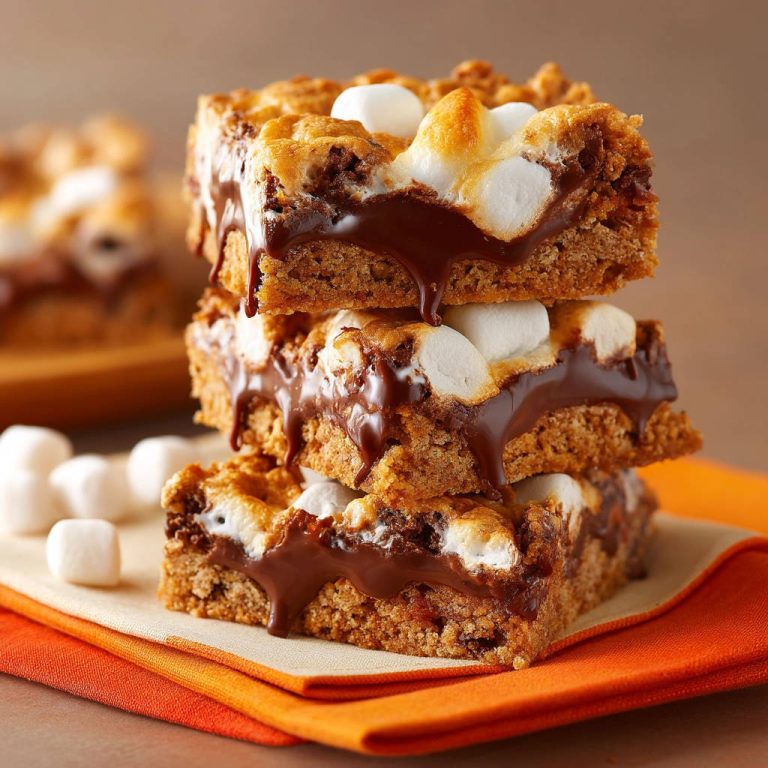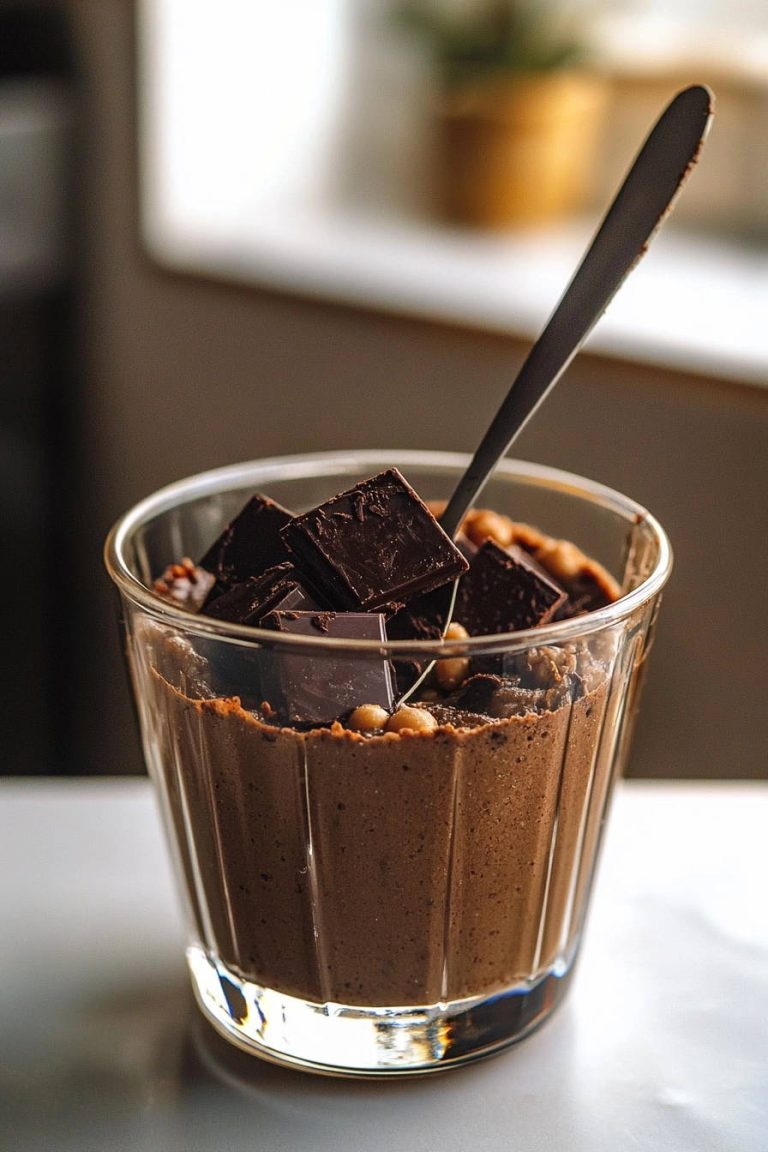Craving a lemon dessert that’s both comforting and elegant? These Luscious Lemon Pudding Cakes are the answer! Imagine sinking your spoon into a light, airy cake top that gives way to a gooey, intensely lemony pudding below. It’s a textural and flavor adventure in every bite, and the best part? We’ve banished the dreaded soggy bottom for good. Prepare for lemon pudding cake perfection!
Why You’ll Love This Lemon Pudding Cake
This isn’t just another lemon dessert; it’s an experience! Here’s why you’ll be making these luscious lemon pudding cakes again and again:
- Dual Texture Delight: The contrasting textures of the cake and pudding are simply divine.
- Intense Lemon Flavor: We pack in the lemon juice and zest for a bright, zesty flavor that will wake up your taste buds.
- No More Soggy Bottoms: Our secret technique guarantees a perfectly gooey, but not soggy, pudding layer.
- Easy to Make: Despite the impressive results, this recipe is surprisingly straightforward.
- Perfect for Any Occasion: From a cozy night in to a dinner party dessert, these pudding cakes are always a hit.
Gathering Your Ingredients for Luscious Lemon Pudding Cakes
The key to unlocking the magic of these lemon pudding cakes lies in using high-quality ingredients and understanding their role in creating the perfect texture and flavor balance. We’re aiming for a bright, zesty, and comforting dessert, and the ingredients we use will work together to achieve just that. Let’s break down what you’ll need:
The Foundation:
- All-purpose flour: This provides the structure for the cake layer. Ensure you’re using fresh flour for the best results.
- Baking powder: This is our leavening agent, creating that light and airy cake top. Check the expiration date to ensure it’s still active.
- Salt: A pinch of salt enhances the other flavors and balances the sweetness.
Sweetness and Structure:
- Granulated sugar: We use granulated sugar in two ways in this recipe. Half is creamed with the butter to create a light and fluffy base for the cake. The other half is sprinkled over the batter before baking. This creates a crucial barrier that helps the pudding layer form.
- Unsalted butter, softened: Using unsalted butter allows us to control the amount of salt in the recipe. Softened butter is essential for creating a smooth, creamy mixture when combined with the sugar.
- Large egg: The egg binds the ingredients together and adds richness to the cake layer.
- Milk: Milk adds moisture and helps to create a smooth batter.
The Star of the Show: Lemon!
- Fresh lemon juice: Freshly squeezed lemon juice is a must for the best flavor. Avoid bottled juice, as it can have a slightly artificial taste.
- Lemon zest: The zest is where the lemon’s essential oils are concentrated, providing a burst of bright, citrusy flavor. Be sure to only zest the yellow part of the peel, avoiding the bitter white pith.
The Magic Ingredient:
- Boiling water: This is the secret weapon that transforms the mixture into a pudding cake. Pouring boiling water over the batter creates a steamy environment that helps the pudding layer form beneath the cake.
The Finishing Touch:
- Powdered sugar, for dusting: A light dusting of powdered sugar adds a touch of sweetness and elegance to the finished cakes.
Crafting Your Luscious Lemon Pudding Cakes: Step-by-Step
Ready to bake some magic? Don’t be intimidated by the dual-texture aspect of these lemon pudding cakes. By following these steps carefully, you’ll be rewarded with a truly unforgettable dessert. The most important thing to remember is the layering technique – it’s what makes the magic happen!
- Preheat and Prep: Start by preheating your oven to 350°F (175°C). This ensures even baking and prevents the cakes from becoming tough. While the oven heats, grease two ramekins or a small baking dish. This will prevent the cakes from sticking and make them easy to remove. A light coating of butter or cooking spray works perfectly.
- Combine Dry Ingredients: In a medium bowl, whisk together the flour, baking powder, and salt. Whisking is crucial here, as it helps to evenly distribute the baking powder and salt throughout the flour, ensuring a consistent texture. Set aside for later.
- Cream Butter and Sugar: In a separate bowl, combine 1/2 cup of the granulated sugar and the softened butter. Beat with an electric mixer until light and fluffy. This process incorporates air into the butter and sugar mixture, which is essential for creating a tender cake. If you don’t have an electric mixer, you can do this by hand, but it will require a bit more elbow grease!
- Incorporate Wet Ingredients: Beat in the egg, then gradually add the milk, lemon juice, and lemon zest. Mix until just combined. Be careful not to overmix at this stage, as it can develop the gluten in the flour and result in a tough cake. Adding the wet ingredients gradually helps to prevent the mixture from curdling.
- Combine Wet and Dry: Gradually add the dry ingredients to the wet ingredients, mixing until just combined. Again, do not overmix! A few streaks of flour are okay. Overmixing will result in a dense cake.
- Pour into Baking Dishes: Pour the batter evenly into the prepared ramekins or baking dish.
- The Sugar Layer: Sprinkle the remaining 1/2 cup of granulated sugar evenly over the batter. This is the secret to the dual texture! The sugar creates a barrier that separates the cake and pudding layers. Don’t skip this step!
- Add Boiling Water: Gently pour the boiling water over the sugar-coated batter. Do not stir! This is important. The boiling water will seep through the sugar and batter, creating the steamy environment needed for the pudding layer to form.
- Bake to Perfection: Bake for 30-35 minutes, or until the top is golden brown and set, and the pudding underneath is bubbly. Keep a close eye on the cakes during the last few minutes of baking to prevent them from burning. A toothpick inserted into the cake layer should come out clean.
- Cool and Dust: Let cool slightly before dusting with powdered sugar and serving warm. Cooling slightly allows the pudding layer to set up a bit, making it easier to handle. Dusting with powdered sugar adds a touch of sweetness and elegance.
Tips for Perfect Lemon Pudding Cake Every Time
Want to ensure your lemon pudding cakes are a resounding success? Here are a few extra tips and tricks to keep in mind:
- Use room temperature ingredients: Room temperature butter and egg will combine more easily and create a smoother batter.
- Don’t overmix: Overmixing is the enemy of a tender cake. Mix until just combined, and don’t worry about a few streaks of flour.
- Adjust baking time as needed: Baking times may vary depending on your oven. Keep a close eye on the cakes and adjust the baking time as needed.
- Serve warm: These lemon pudding cakes are best served warm, when the pudding layer is at its gooey best.
- Storage: If you have any leftovers (which is unlikely!), store them in the refrigerator. They can be reheated gently in the microwave.
What to Serve With Luscious Lemon Pudding Cakes
These lemon pudding cakes are delicious on their own, but they’re even better when paired with the right accompaniments. Consider serving them with a dollop of whipped cream, a scoop of vanilla ice cream, or a sprinkle of fresh berries. They’re also delightful with a simple cup of tea or coffee. Or, for a contrasting flavor profile, consider following these with our decadent chocolate topped cream cake recipe.
Your Lemon Pudding Cake Questions Answered (FAQ)
Can I use bottled lemon juice?
While it’s certainly an option in a pinch, we highly recommend using fresh lemon juice for the best flavor. Bottled lemon juice can sometimes have a slightly artificial taste that can detract from the overall experience.
Can I make these ahead of time?
While the cakes are best served warm and fresh, you can prepare the batter ahead of time and store it in the refrigerator for up to 24 hours. However, wait to add the boiling water and bake them until you’re ready to serve. Be sure to grease ramekins/dish and keep batter seperate until cooking.
Can I use a different type of sugar?
We use granulated sugar in this recipe because it creates the perfect balance of sweetness and texture. While you could experiment with other types of sugar, such as brown sugar or powdered sugar, the results may vary. If you’re looking for other variations, consider caramel nut dessert jars for a change of pace.
Why is it important not to stir after pouring the boiling water?
Stirring will disrupt the layering process and prevent the pudding layer from forming properly. The boiling water needs to seep through the sugar and batter undisturbed in order to create the dual texture.
Enjoy Your Homemade Luscious Lemon Pudding Cakes!
There you have it – a recipe for Luscious Lemon Pudding Cakes that are guaranteed to banish soggy bottoms and bring a smile to your face. This dessert is more than just a treat; it’s an experience, a comforting indulgence that’s perfect for any occasion. So, gather your ingredients, follow the steps, and get ready to enjoy a slice of lemon pudding cake perfection! Don’t forget to leave a comment below and let me know how your cakes turned out. And if you loved this recipe, be sure to share it with your friends and family!
Luscious Lemon Pudding Cakes (No More Soggy Bottoms)
Ingredients
- 1 cup all-purpose flour
- 1 teaspoon baking powder
- 1/4 teaspoon salt
- 1 cup granulated sugar, divided
- 3 tablespoons unsalted butter, softened
- 1 large egg
- 1/2 cup milk
- 1/4 cup fresh lemon juice
- 1 tablespoon lemon zest
- 1 cup boiling water
- Powdered sugar, for dusting
Directions
- Preheat your oven to 350°F (175°C). Grease two ramekins or a small baking dish.
- In a medium bowl, whisk together the flour, baking powder, and salt. Set aside.
- In a separate bowl, combine 1/2 cup of the granulated sugar and the softened butter. Beat until light and fluffy.
- Beat in the egg, then gradually add the milk, lemon juice, and lemon zest. Mix until just combined.
- Gradually add the dry ingredients to the wet ingredients, mixing until just combined. Do not overmix.
- Pour the batter into the prepared ramekins or baking dish.
- Sprinkle the remaining 1/2 cup of granulated sugar evenly over the batter. This is the key to the dual texture.
- Gently pour the boiling water over the sugar-coated batter. Do not stir.
- Bake for 30-35 minutes, or until the top is golden brown and set, and the pudding underneath is bubbly.
- Let cool slightly before dusting with powdered sugar and serving warm.







